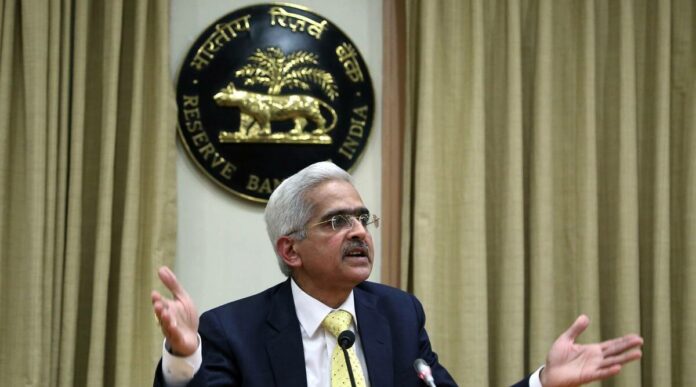The Reserve Bank of India (RBI) is monitoring the business models and strategies of banks. The step does not intend to interfere in banks’ commercial decision but act as a red flag for lenders if they face any risks.
Shaktikanta Das, governor of RBI, said that they allow banks to do their commercial business, and the central bank will keep a watch on the kind of vulnerabilities and risks building up. RBI will prioritize to caution the banks when they face risk.
RBI’s supervision will be on a real-time basis rather than an annual exercise. Technology has made the supervision process more intensive.
Besides making business decisions, banks should also check the liquidity and the type of interest rate structures they are providing.
There should not be mispricing of loans because surplus liquidity is a temporary factor.
In 2020, the economy required liquidity because mutual funds were collapsing, and financial markets were freezing. RBI stepped in with massive liquidity support, which ensured the orderly functioning of markets.
Now, the central bank is trying to rebalance the liquidity by providing only that much liquidity that the economy requires.
There will always be adequate liquidity to meet the requirements of the productive sectors in the economy. Hence RBI is trying to rebalance the economy so that the banks have the liquidity they need and nothing in excess.
The banks should consciously choose their business models and strategies rather than adopting the ‘follow the market’ approach.
Banks having the endeavour to grow should avoid a herd mentality and look for differentiated strategies. Certain banks followed the high risk and high return business strategy, which focused only on the interest of investors.
The active role of banks’ board of directors is crucial in these challenging times. They should work diligently and follow a balanced approach to decision making. They are the guardians of faith and trust that depositors have in the bank.
The board’s composition, directors’ skill portfolio, risk and compliance structure, more transparency and a robust mechanism to balance stakeholders’ interests are the expectation of RBI from the board.
Banks have handled the COVID-19 shock better than expected. The non-performing assets (NPAs) and capital adequacy ratios improved in September 2021 on a sequential basis.
The banks will face various challenges that require introspection and proper action.
One of the challenges that the banks might face will be the stressed borrowers affected by the pandemic. During the two waves, RBI announced Resolution 1.0 and 2.0 to comfort the banks and borrowers. Once RBI withdraws the support measures, some restructured accounts might face solvency issues.
Follow and connect with us on Facebook, LinkedIn & Twitter

